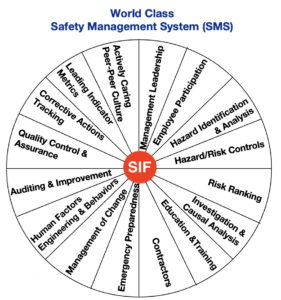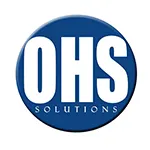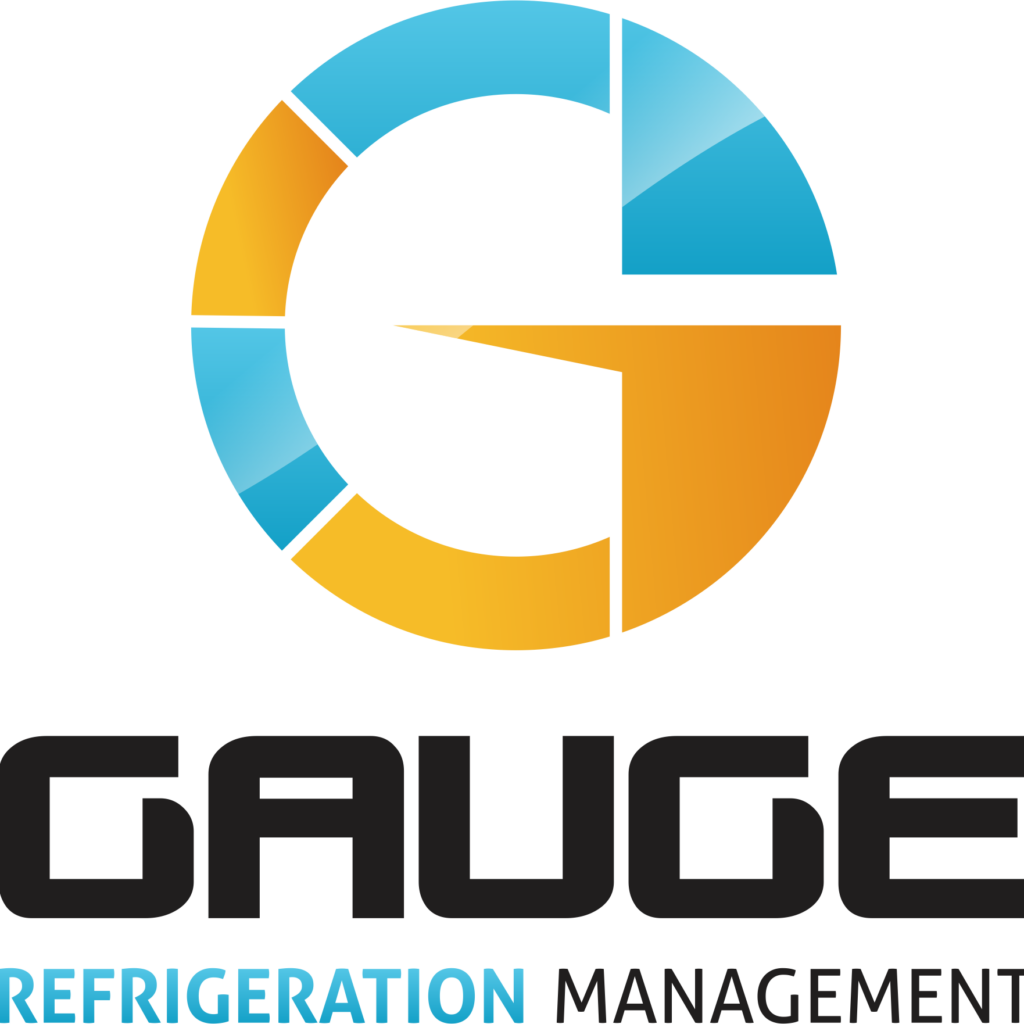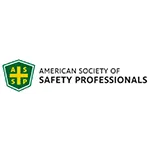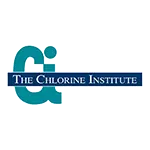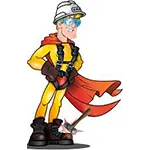CLICK HERE to Renew your Membership
CLICK HERE for a NEW Membership
CLICK HERE to see eligibility requirements for FREE Membership
If you have any questions, please contact me
We offer:
- Over 17,600 categorized unsafe acts/conditions and accident/injury photos
- Over 1,450 ppt's & doc's
- Over 3,975 technical articles on Process Safety & Occupational Safety & Health matters
- Over 450 videos
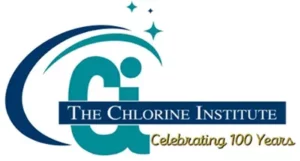
I am proud to announce that have extended our”Partners in Safety” agreement for another year (2025).
CI Members, send me an e-mail to request your FREE SAFTENG membership.
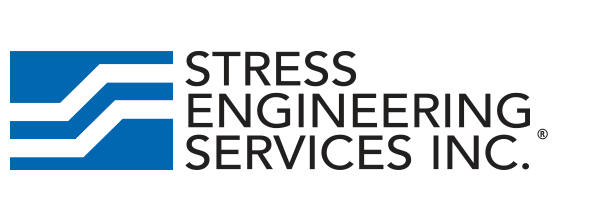
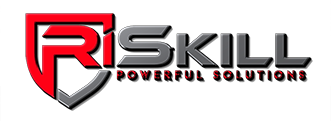



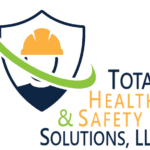


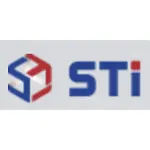


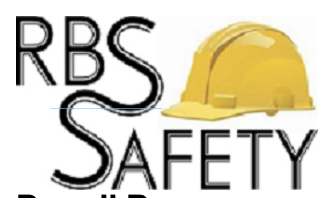
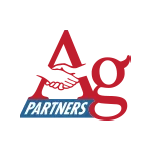
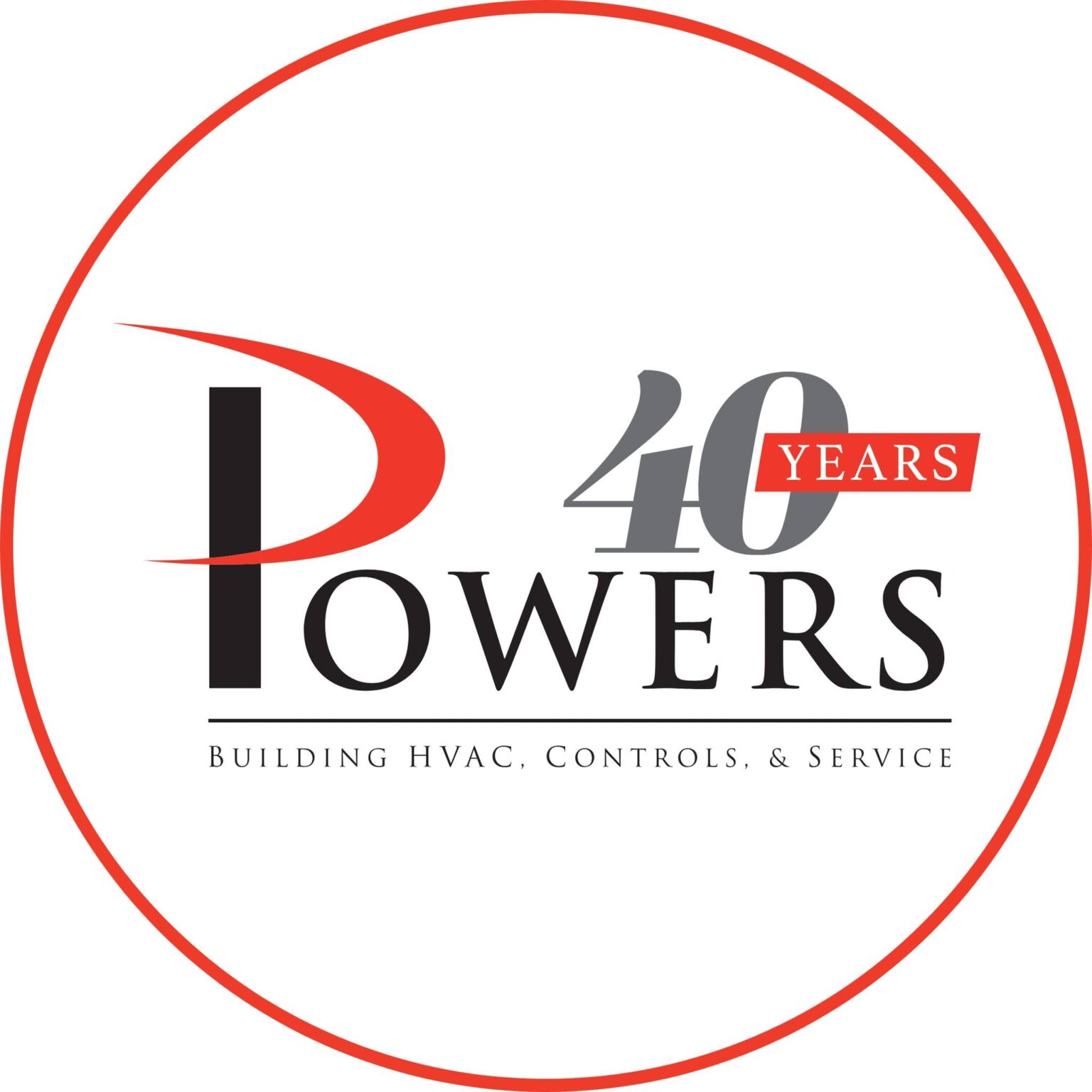
February 4, 2023
April 8, 2023 — Quinnesec, Michigan The All Hazards Training Center at The University of Findlay has developed the Rail Car Incident Response for Crude, Ethanol, and Other Flammable Liquids training course for the U.S. Department of Transportation Pipeline and Hazardous Materials Safety Administration (DOT PHMSA) to educate emergency responders on freight rail car incidents involving hazardous materials,...
Read More
February 4, 2023
A big mistake many make with Behavior Based Safety is focusing on people and their behaviors while the physical workplace goes to crap! We have to MANAGE BOTH to be successful! An old boss told me, “we have to take care of the house if we expect the kids to clean their rooms!” Claude Bloom 1994 when we were implementing Actively Caring (Geller’s Program). I loved the fact that Dr....
Read More
February 3, 2023
We often hear it: “We have a world-class safety management system.” They are proud of what they have. They have worked hard to get where they are. But most of the time, they do NOT have a safety management system (SMS). What they have is a safety “compliance manual.” A binder that holds dozens of individual written safety programs, or maybe they...
Read More
February 3, 2023
Since this week is OSHA log posting week, I thought it was fitting to remind everyone… When safety is measured solely by lagging indicators, we put good men and women in situations where they are faced with making bad decisions. Setting a numerical end goal without providing a playbook, skills, and tools to achieve it will cause a lot of great and otherwise ethical people to play games...
Read More
February 2, 2023
The respondent is the owner and operator of the water treatment plant, which treats and chlorinates water. The Facility maintains a maximum inventory of 32,000 pounds of chlorine as liquefied compressed gas. The Facility’s chlorine process is subject to the U.S. Occupational Safety and Health Administration (OSHA) process safety management (PSM) standard, 29 C.F.R § 1910.119 because it contains...
Read More
February 2, 2023
Since this week is OSHA log posting week, I thought it was fitting to remind everyone… When safety is measured solely by lagging indicators, we put good men and women in situations where they are faced with making bad decisions. Setting a numerical end goal without providing a playbook, skills, resources, and tools to achieve it will cause a lot of great and otherwise ethical managers/people...
Read More
February 2, 2023
It does not matter how good a facility is in safety; I can assure everyone that within that facility, there are “routine violations.” Even in facilities with a very mature culture where safety has become a value (rather than a priority), we can find “routine violations.” So don’t be surprised or saddened that you discover a few; the important thing is that...
Read More
February 2, 2023
One of the MUST-read books for accident investigators and safety professionals trying to understand the acts/behaviors of workers (and management) is James Reason’s Human Error. In chapter 7, Dr. Reason makes a very profound statement regarding the significant role “latent organizational failures” play in the vast majority of accidents… “In the past, reliability...
Read More
February 1, 2023
SMBWA is an unstructured hands-on approach in which managers directly participate in their subordinates’ work-related activities. In contrast to rigid and remote management approaches, SMBWA drives managers to spend a significant amount of time informally visiting work areas and interacting with employees. The practice is unscheduled, casual, and friendly. As managers walk around they can chat...
Read More
January 31, 2023
Preliminary investigation indicates that two (2) HVAC contractors were in the vicinity of the ammonia leak when it was initiated. Norwood’s first responders were able to stabilize and transport one man to Good Samaritan Medical Center, and he was then further transferred to Massachusetts General Hospital for specialized treatment. The second contractor, 68, was deceased on scene. ...
Read More
January 31, 2023
At approximately 8:45 a.m. on March 4, 1986, Employee #1, at a cannery, attempted to remove chlorine gas cylinders from a distribution point located beneath a stairwell. Eight of the cylinders were mostly full and simply in storage. The system had not been used for five (5) years. One 150-lb cylinder was still connected to a gas chlorinator regulator and the manifold. While Employee #2 was removing...
Read More
January 31, 2023
In the retort area of the cannery, Employee #2 watched as Employee #1 took a 150-pound chlorine cylinder out of service. Employee #1 failed to follow posted instructions to ensure that the cylinder valve was fully closed. When the vacuum regulator was removed, chlorine gas began escaping. Employees #1 and #2 left the area. Employee #1 donned an SCBA and returned to close the valve. It appears that...
Read More



